In the construction of high-standard farmland, meteorological conditions directly affect the growth, development, yield and quality of crops. The emergence of agricultural environmental meteorological observation stations has provided precise meteorological data support for modern planting. This meteorological monitoring tool, specially designed for farmland, can capture in real time the changes of key meteorological elements such as temperature, humidity, light and precipitation, and become an intelligent bridge connecting weather and agricultural activities.
The core value of the WX-NQ8 agricultural environmental meteorological observation station lies in its professionalism and specificity. Unlike ordinary meteorological stations, the height and position of its sensors simulate the growth environment of crops, and it monitors the microclimate that crops actually feel. The equipment, powered by solar energy and equipped with wireless transmission technology, can operate stably in the field for a long time and push data to the management platform in real time. This ability to obtain field meteorological information in real time enables farmers to adjust agricultural activities such as irrigation and fertilization according to the actual situation, avoiding the waste of resources caused by blind operation.
During the sowing period, it can provide ground temperature data to guide the suitable sowing time. During the growth period, it can issue early warnings for high-temperature drought or low-temperature frost damage. During the harvest period, the best weather window for harvesting can be determined. Especially in facility agriculture, monitoring data can be directly linked to control the environmental regulation system of greenhouses, achieving automated management of operations such as ventilation and shading. This data-driven precision agriculture operation has significantly enhanced the efficiency of resource utilization and the quality of crops.
With the development of smart agriculture, the functions of modern agricultural environmental meteorological observation stations have been continuously upgraded. The insect-proof and dust-proof design is adapted to the complex field environment. The modular structure makes it convenient to add or reduce monitoring elements according to the needs of crops. The intelligent analysis software can also provide planting suggestions. These improvements have significantly lowered the threshold for technology usage, enabling ordinary farmers to also enjoy the convenience brought by technology. The establishment of the data cloud platform has further enabled the comparative analysis of meteorological data from multiple plots, providing convenience for large-scale planting management.
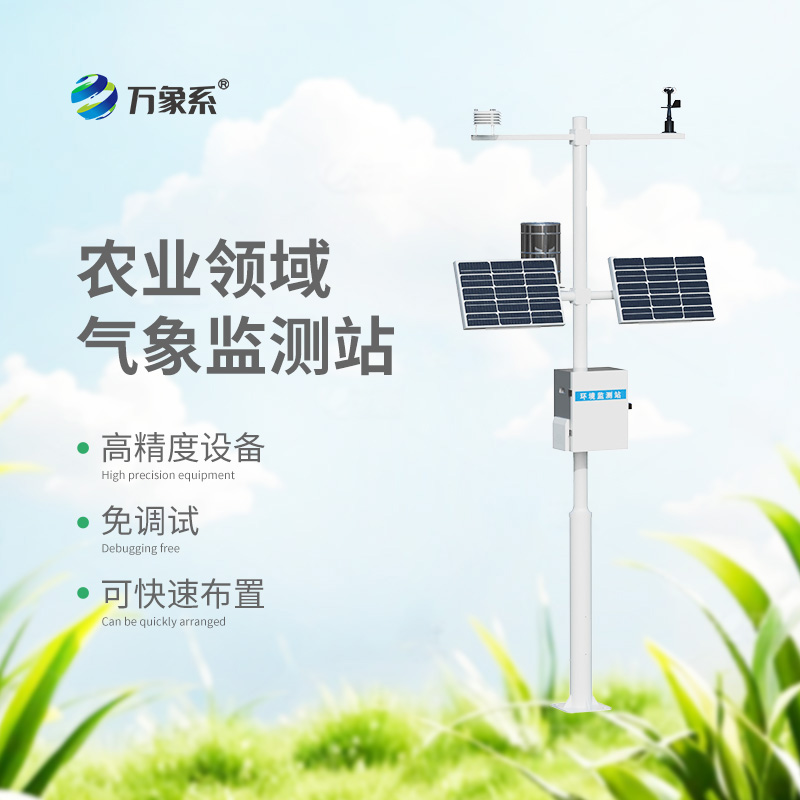
Article address:
http://www.qxhjjc.com/en/article/1757.html

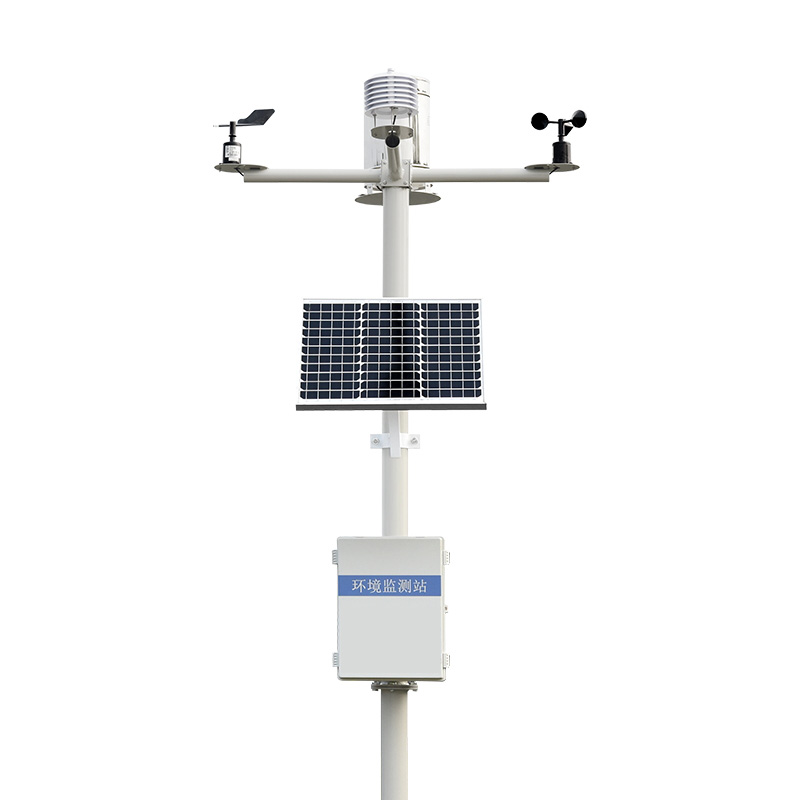
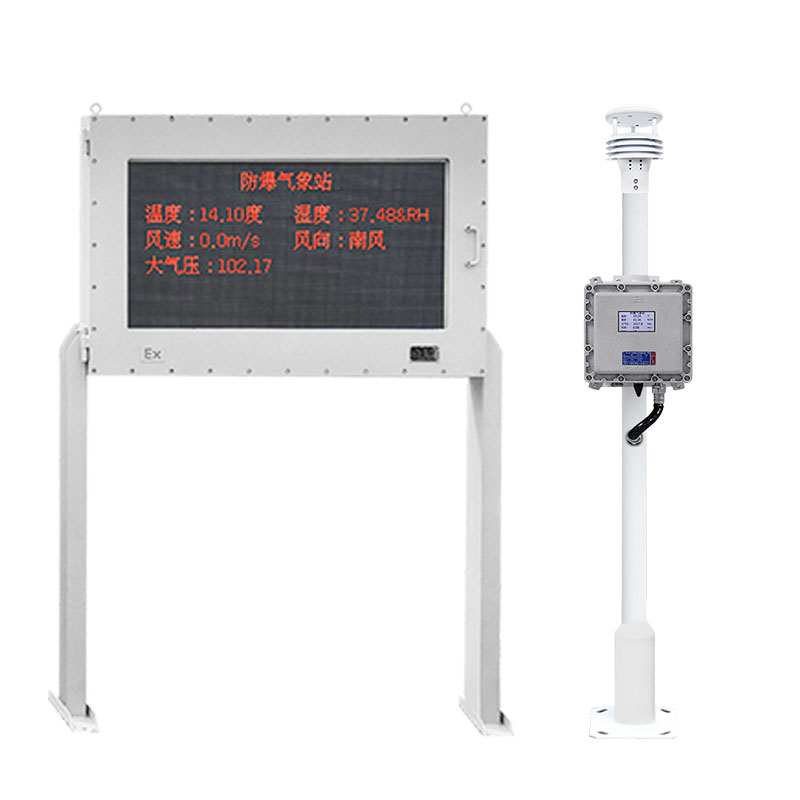
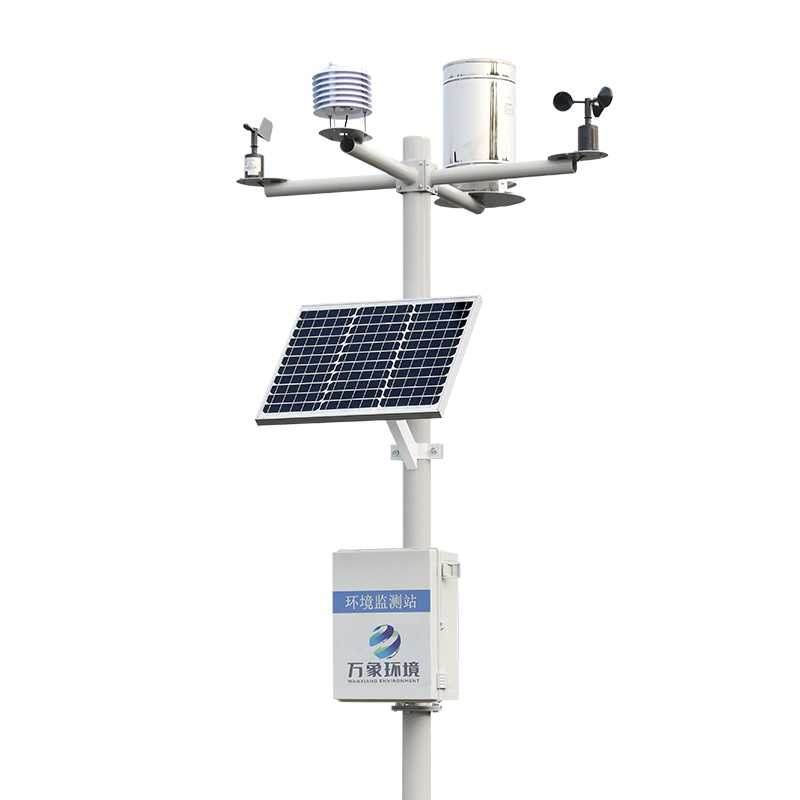
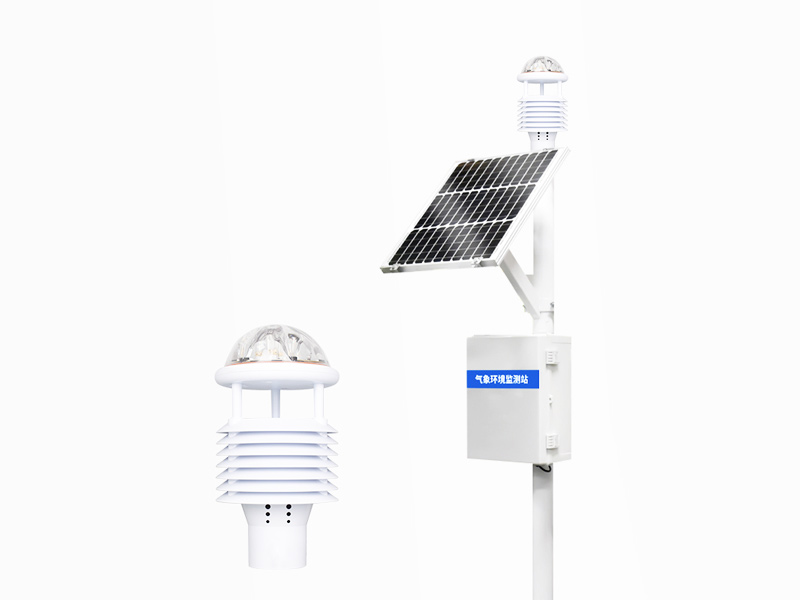
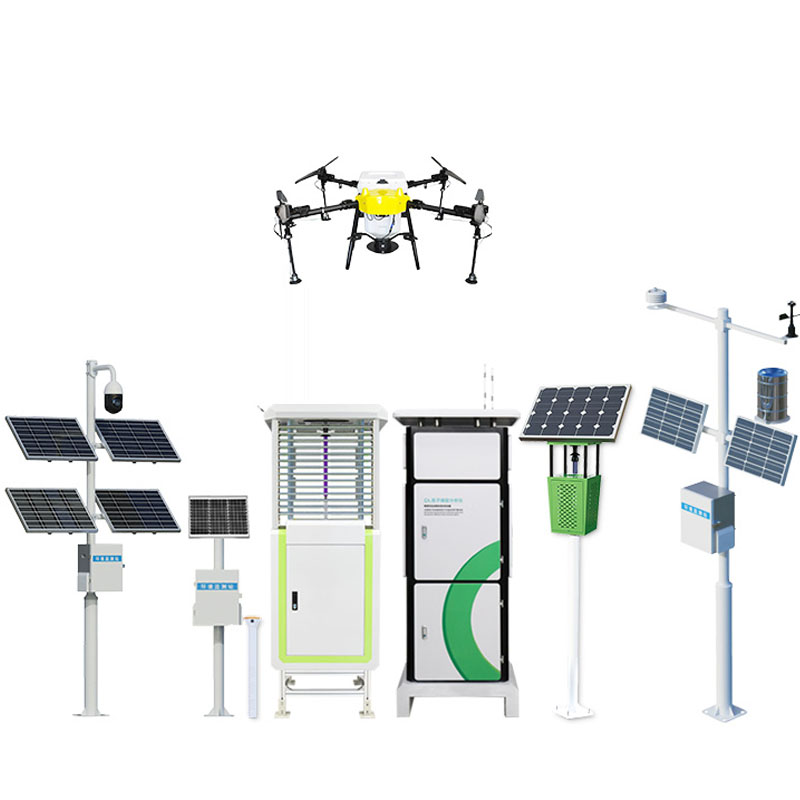

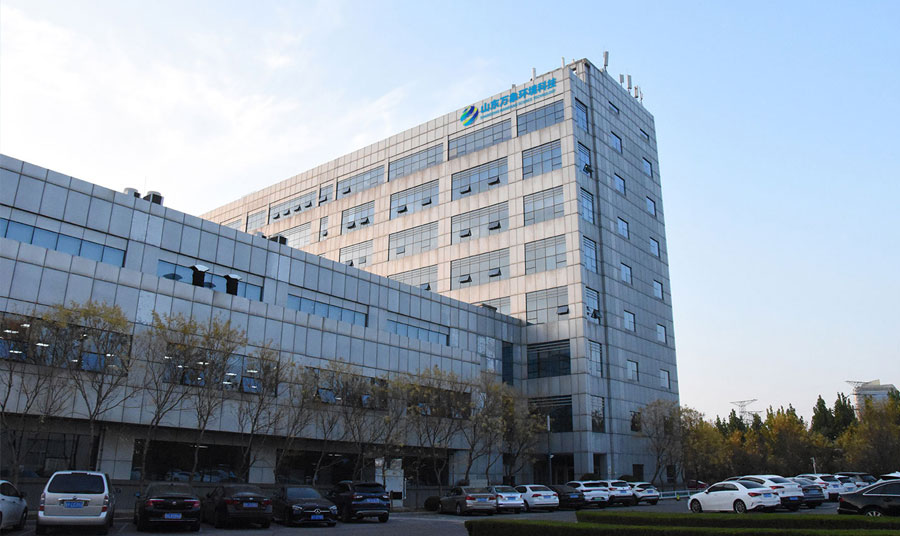
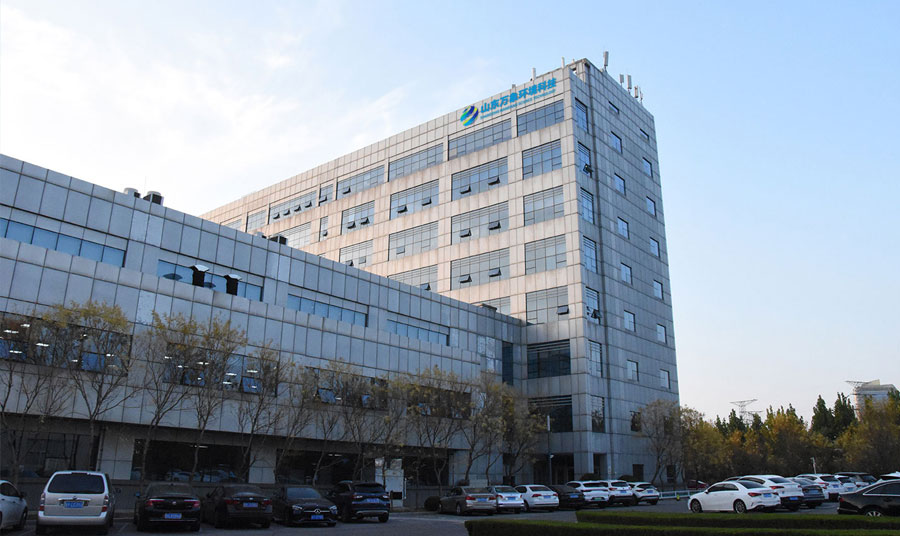



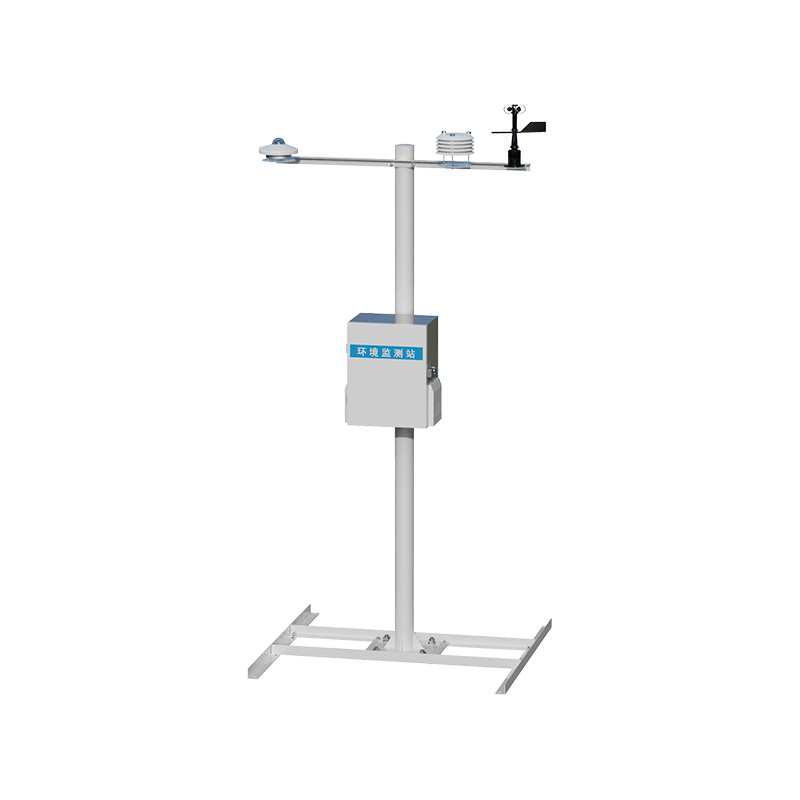

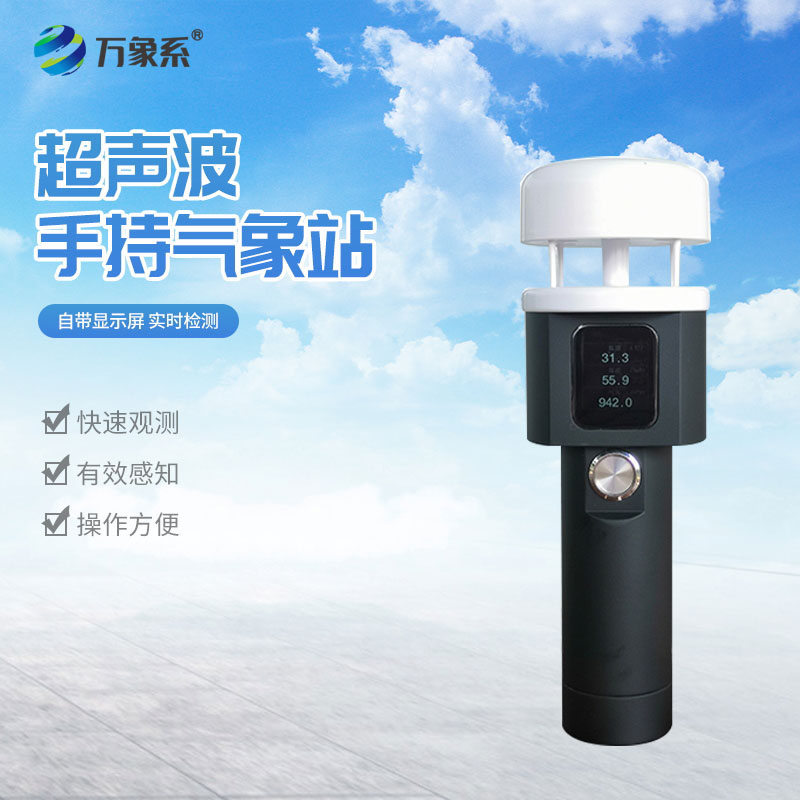
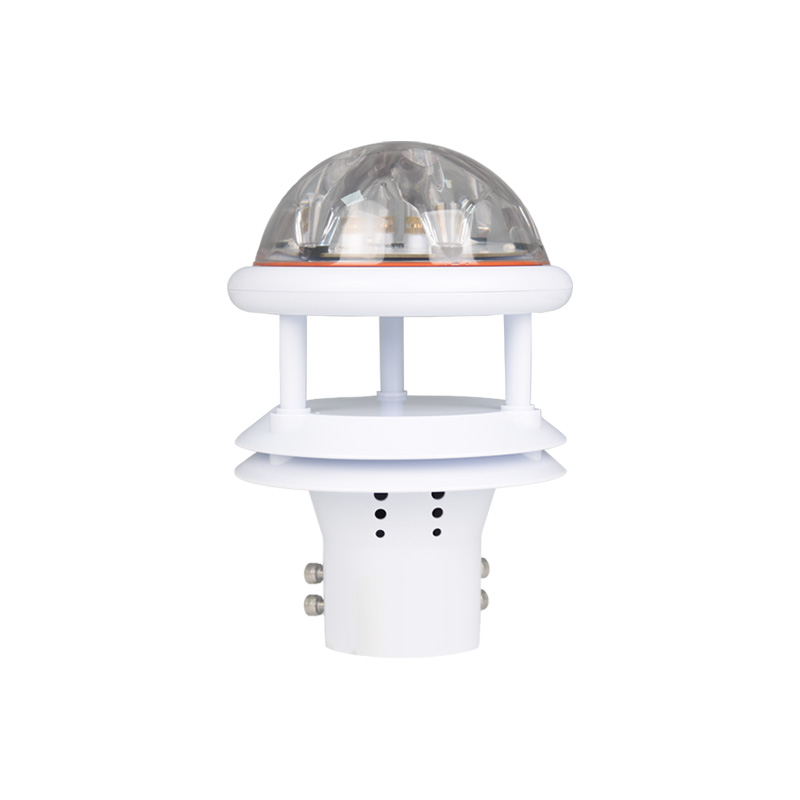


 Home
Home phone
phone Product Overview
Product Overview Contact Us
Contact Us